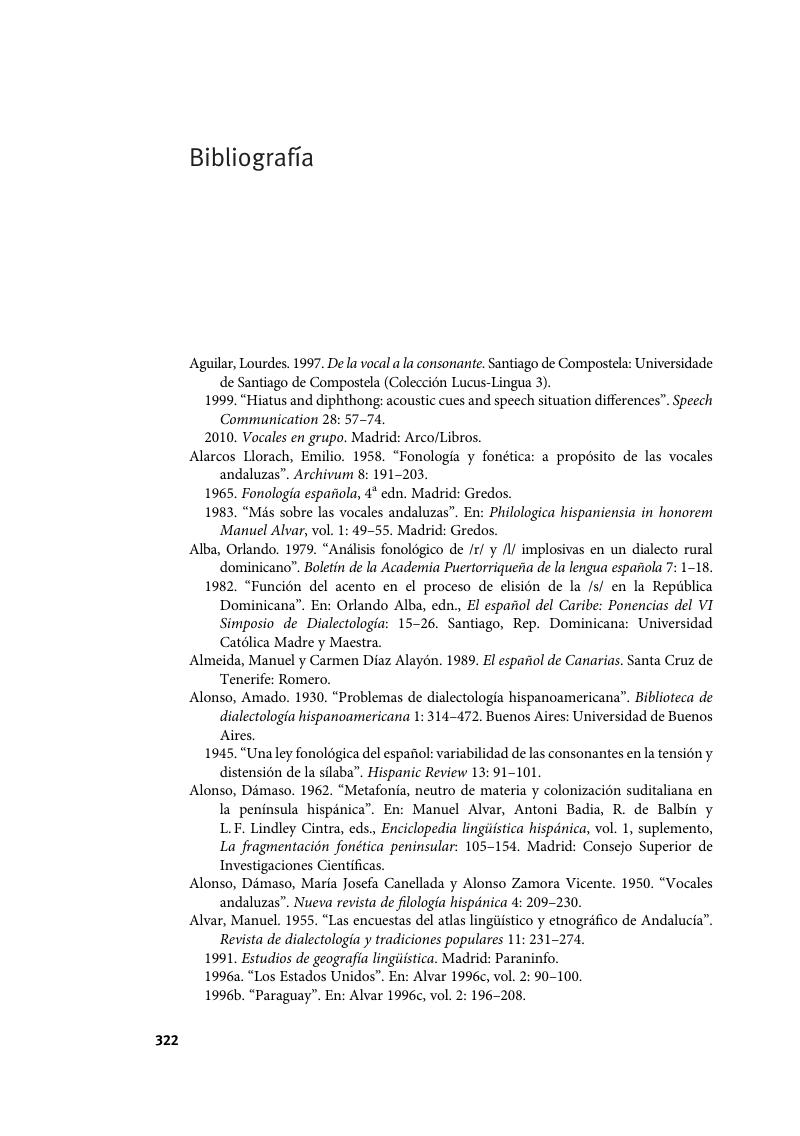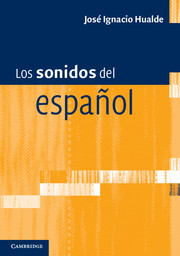Book contents
- Frontmatter
- Índice general
- Lista de figuras
- Lista de tablas
- Prefacio
- Lista de abreviaturas y convenciones
- El Alfabeto Fonético Internacional
- 1 Introducción
- 2 Consonantes y vocales
- 3 Caracterización acústica de las principales clases de sonidos del español
- 4 La sílaba
- 5 Principales procesos fonológicos
- 6 Vocales
- 7 Consonantes oclusivas
- 8 Fricativas y africadas
- 9 Nasales
- 10 Líquidas (laterales y vibrantes)
- 11 Principales alternancias morfofonológicas
- 12 El acento
- 13 Entonación
- 14 Variación en la pronunciación del español
- Apéndices
- Glosario de términos técnicos
- Bibliografía
- Índice alfabético
- References
Bibliografía
Published online by Cambridge University Press: 05 June 2014
- Frontmatter
- Índice general
- Lista de figuras
- Lista de tablas
- Prefacio
- Lista de abreviaturas y convenciones
- El Alfabeto Fonético Internacional
- 1 Introducción
- 2 Consonantes y vocales
- 3 Caracterización acústica de las principales clases de sonidos del español
- 4 La sílaba
- 5 Principales procesos fonológicos
- 6 Vocales
- 7 Consonantes oclusivas
- 8 Fricativas y africadas
- 9 Nasales
- 10 Líquidas (laterales y vibrantes)
- 11 Principales alternancias morfofonológicas
- 12 El acento
- 13 Entonación
- 14 Variación en la pronunciación del español
- Apéndices
- Glosario de términos técnicos
- Bibliografía
- Índice alfabético
- References
Summary

- Type
- Chapter
- Information
- Los sonidos del españolSpanish Language edition, pp. 322 - 337Publisher: Cambridge University PressPrint publication year: 2013



